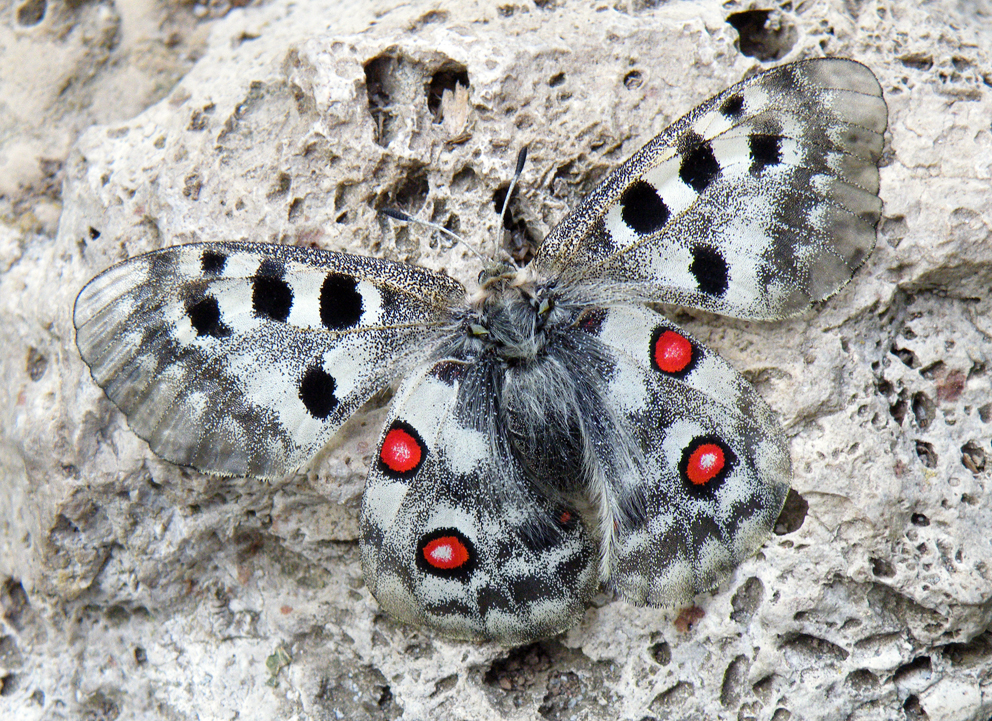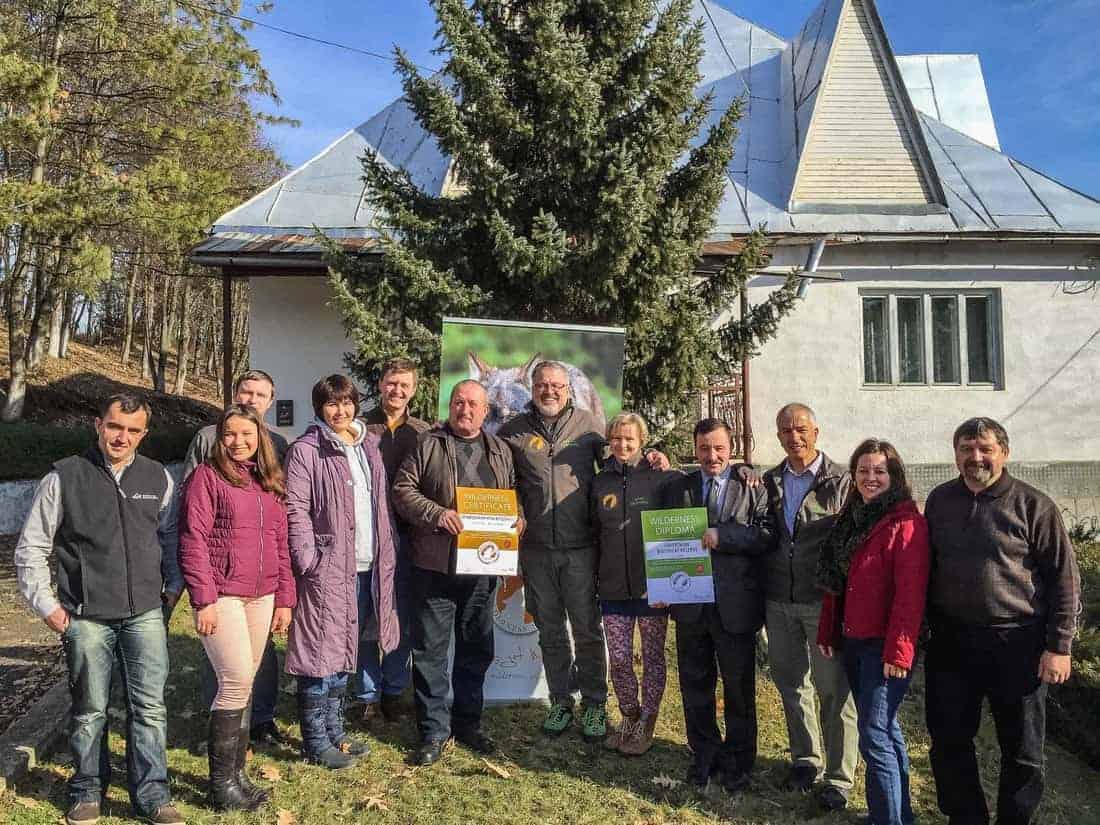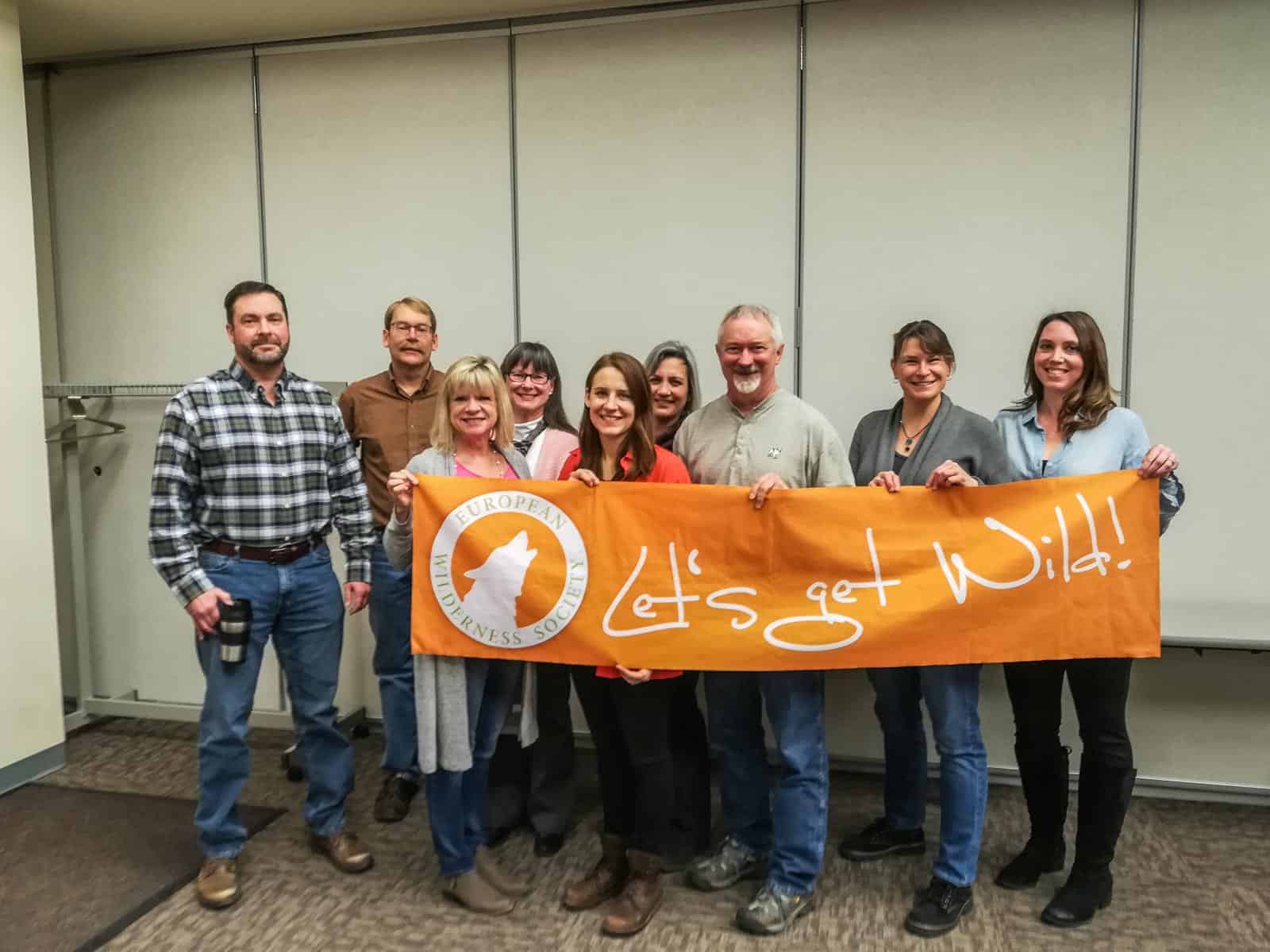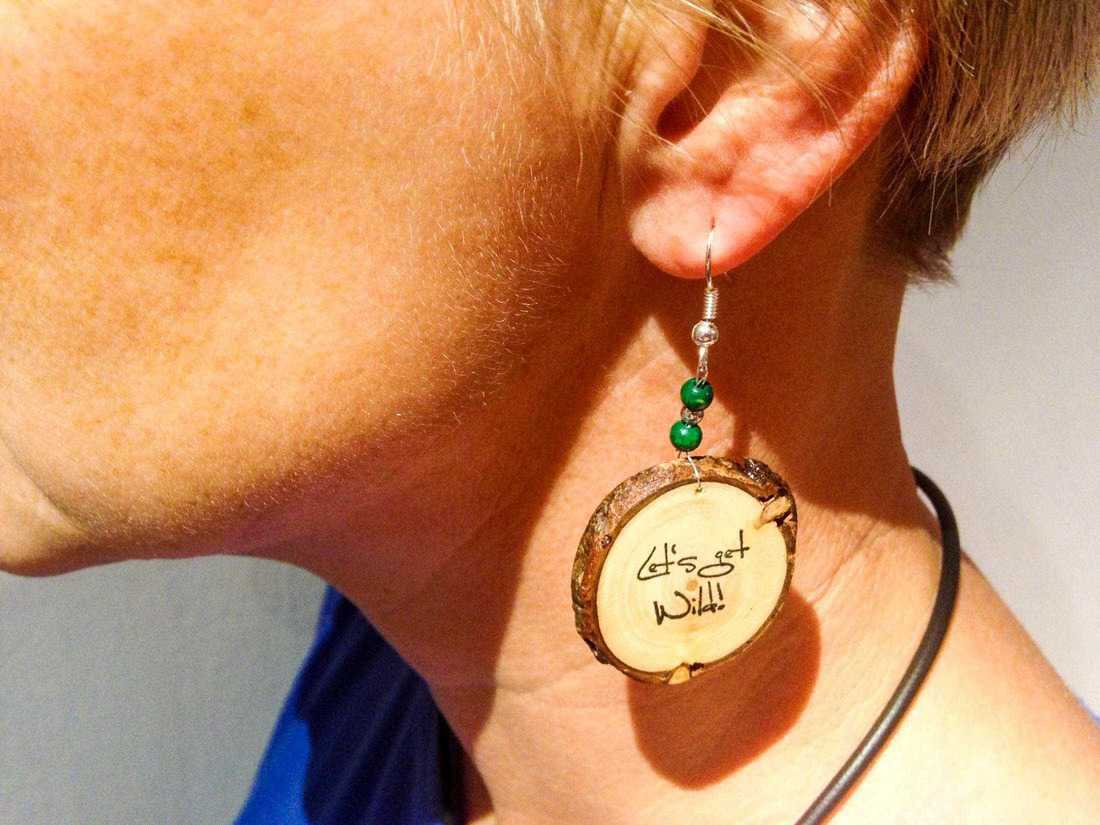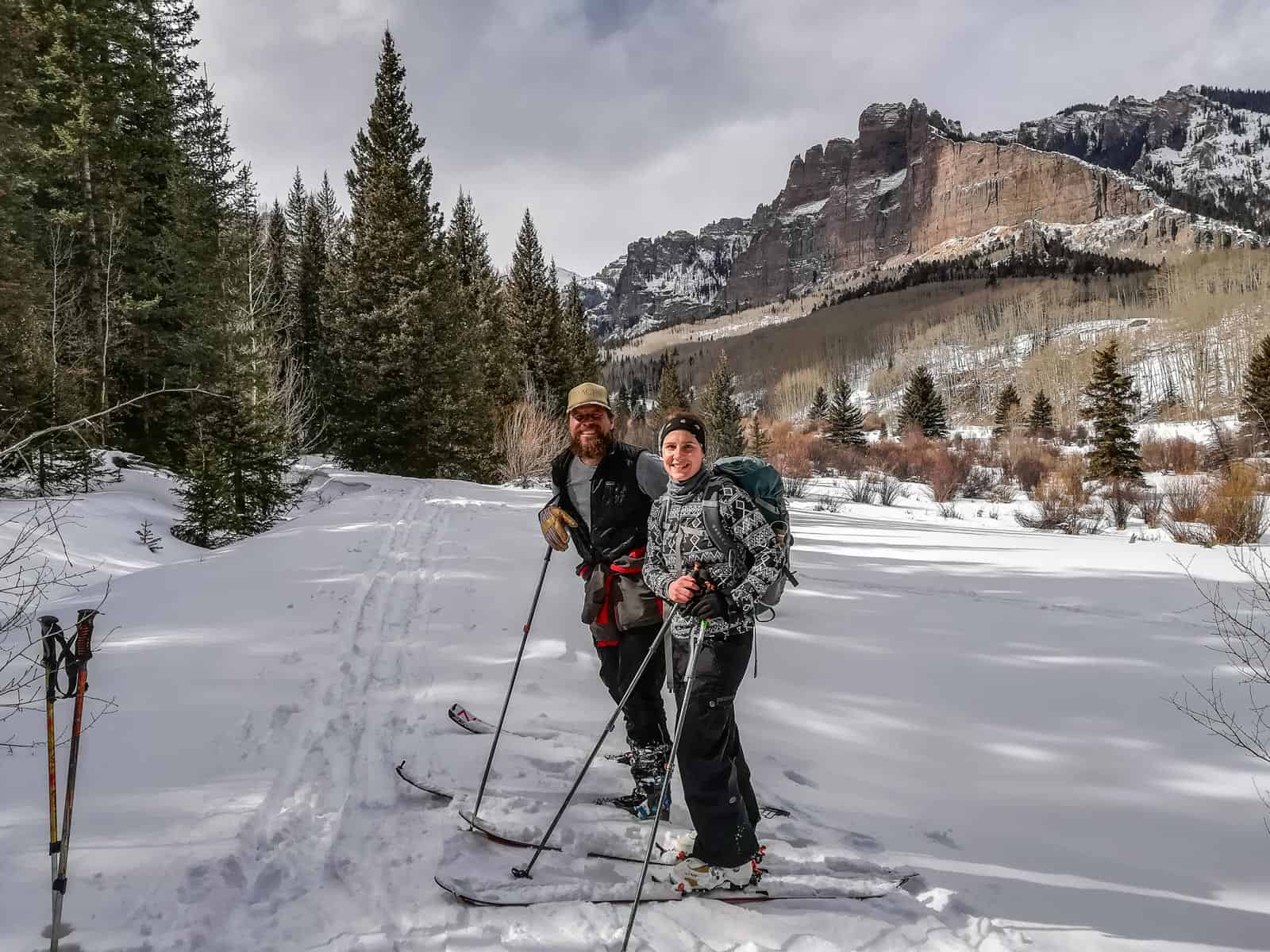World Peatlands Day
World Peatlands Day is celebrated on the 2nd of June each year. It was launched by the International Peatland Society (IPS) in autumn 2019 and it correlates with the date when the draft constitution of the IPS was adopted at an international symposium in Aberdeen in 1967.
Peatlands, also known as bogs, fens, and mires, are a type of wetland characterized by the accumulation of organic matter, primarily sphagnum moss, which decomposes very slowly due to waterlogged conditions. There are peatlands in every climatic zone and continent, covering 2.84% of the Earth’s terrestrial surface.
Peatlands can regulate climate, conserve biodiversity, clear water and mitigate floods, that’s why they are essential for the well-being of our planet.
Climate Regulation
One of the most important contributions of peatlands to our planet is their role in climate regulation. They store an estimated 30% of the world’s soil carbon—twice as much as all the world’s forests combined. By isolating carbon, peatlands help mitigate climate change by reducing the amount of carbon dioxide (CO2) in the atmosphere. However, when peatlands are drained, degraded, or burned, they release this stored carbon, contributing to greenhouse gas emissions and worsen global warming. Protecting and restoring peatlands is therefore crucial for achieving climate goals and maintaining a stable climate.
Biodiversity
Peatlands are unique, complex ecosystems of global importance for biodiversity conservation at genetic, species and ecosystem levels. They contain many species found only or mainly in peatlands. These species are adapted to the special acidic, nutrient poor and water-logged conditions of peatlands. Peatlands have a significant impact on biodiversity far beyond their borders by regulating the hydrology and microclimate of adjacent areas. Peatlands play an important role in landscape hydrology. They act as sponges in the landscape, storing water and maintaining water levels in adjacent areas. Like large water bodies, they mitigate droughts and hard frosts, providing cool air in summer and warm air in winter. This is important in regulating regional and local climate for adjacent ecosystems too.

In some regions, peatlands are home to endangered species and serve as important breeding grounds for migratory birds. Conserving peatlands helps preserve these biodiversity hotspots and ensures the survival of species that depend on these habitats.
The importance of Peatlands
The benefit of peatlands in everyday life of humans is also very important. Peatlands provide resources such as peat for fuel and traditional medicinal plants. They act as natural water filters, improving water quality by trapping sediments and absorbing pollutants. Peatlands also play a vital role in flood mitigation by absorbing and storing excess rainfall, reducing the risk of downstream flooding.
European Wilderness Society is a partner in the HORIZON project ALFAwetlands, which aims to restore wetlands and to improve the geospatial knowledge base of wetlands, to evaluate the pathways of wetland restoration that incorporate a co-creation process and to provide information and indicators for sustainability to maximize climate change mitigation, biodiversity and other benefits. Peatlands are a type of wetlands and they both are important for the environment.
To celebrate World Peatlands Day, Wetlands International Europe is holding an event. The evening event will feature a photo exhibition, piano concert and a sound performance, inspired by peatlands stories, with the aim to raise awareness about peatlands and inspire action for their protection and safeguard.


